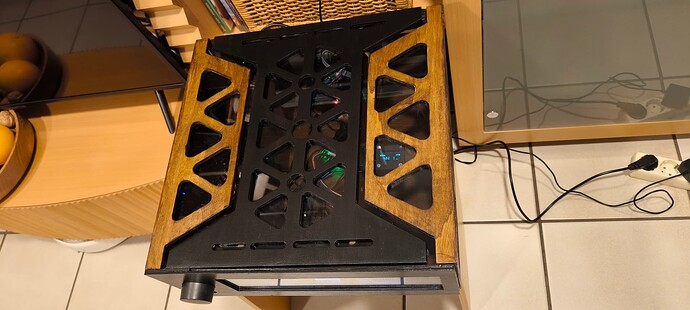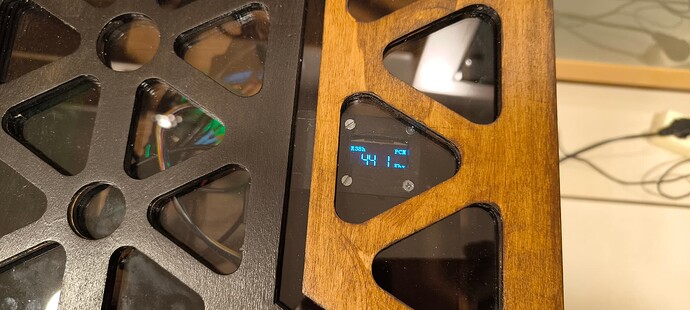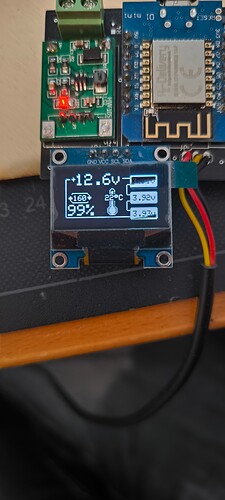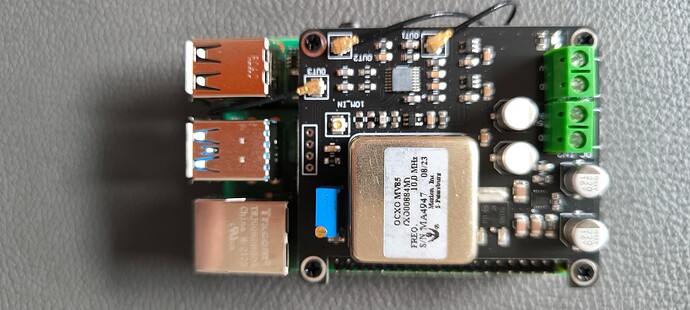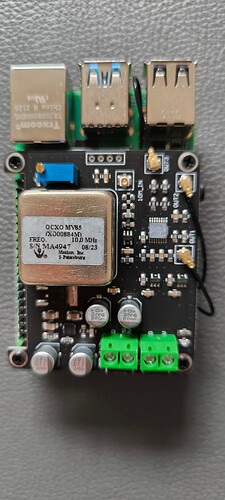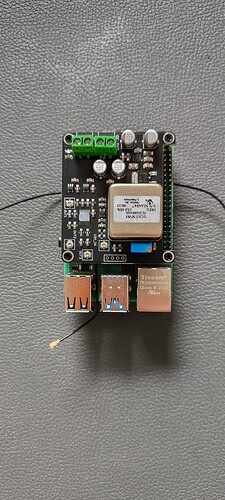Continuing the discussion from My very personal volumio story 14.5" Touchdisplay:
Looking for improvement and perfection.
The HAT DACs I used at the beginning didn’t sound what I wanted and I wanted it better. Now the laborious and time-consuming testing of the different HAT boards began.
I started with a simple USB DAC for the first attempts to get to know volumio. We continued with a hifiberry clone, hifiberry DAC and Allo DAC. The idea to look at the big ones came very quickly. rose RS150 was the measure of all things and encouraged me to build it myself. So a lot of reading, researching the advantages and disadvantages of the different DAC chips and what was available as an I2S HAT board.
Ultimately the choice was an ES9038Q2M with OLED display, rotary encoder and remote control. The following was that a lot had to be done on the power supply side. The result was a power supply with two toroidal transformers with dual windings and a total of four linear regulator power supplies for the modules. Each linear regulator is buffered with 15,000uf at the output.
In order to ensure optimal operation of the HAT DAC, after extensive research I decided to install a triple clock. That’s not all… Although I couldn’t measure any harmonics or voltage dips on the supplies, I decided to start the battery power supply experiment.
The internal structure is divided into three parts and therefore this should also be included in the case.
A 12.6V lithium ion battery consisting of 3s4P with a total capacity of 14Ah is now available as a battery pack. The battery provides the entire supply for the modules. In addition, the battery is monitored and, if necessary, charged during operation. For this purpose, BMS with balancer is installed. A small OLED display shows the current consumption and voltage of the modules. Now the simple steel housing should also go. I looked at a lot of wooden casings and made parts as prototypes. Ultimately, Palani acoustic showed me which path I should take. Here is my result…
